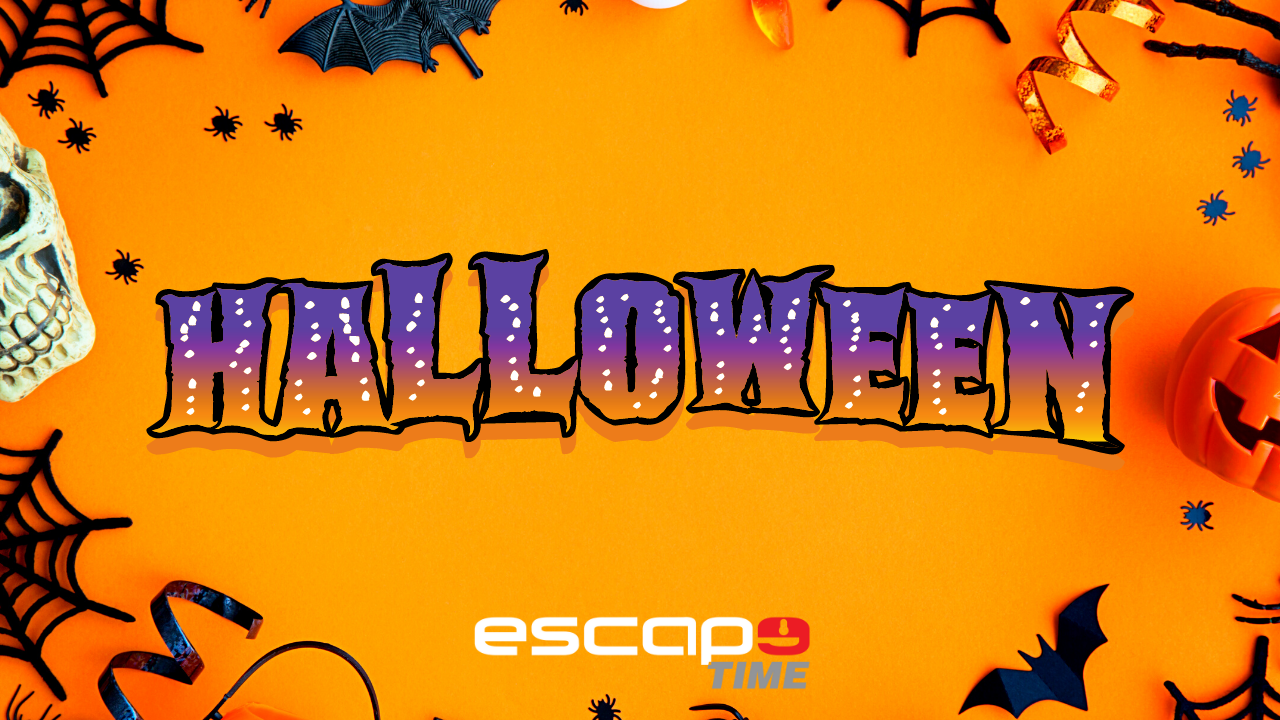

 Posted by trafego on 11 Outubro, 2021
Posted by trafego on 11 Outubro, 2021
Halloween is known worldwide as a holiday celebrated mainly in the United States, where it is called Halloween. But nowadays it is celebrated in several other countries around the world, including Brazil, where habits such as going door to door looking for sweets, decorating houses with "scary" props and attending costume parties are becoming more common .
But its origin has little to do with current common sense about this popular festival. Take a look at how it came about.
Where does the name come from? Halloween has its roots not in American culture but in the UK. Its name derives from "All Hallows' Eve" and "Hallow" is an old term for "saint", and "eve" is the same as "eve". The term designated, until the 16th century, the night before All Saints' Day, celebrated on November 1st.
But the etymology of its name is one thing, quite another is the origin of modern Halloween.
Since the 18th century, historians have pointed to an ancient pagan festival when talking about the origin of Halloween: the Celtic festival of Samhain (a term meaning "end of summer"). Samhain lasted three days and started on October 31st. According to academics, it was a tribute to the "King of the dead". Recent studies highlight that Samhain had among its greatest marks the bonfires and celebrated the abundance of food after the harvest season.
The problem with this theory is that it is based on little evidence beyond the time of year the festivals were held. The celebration, language and meaning of the October festival changed by region. The Welsh celebrated, for example, the "Calan Gaeaf". There are common points between this festival held in Wales and the predominantly Irish and Scottish celebration of Samhain, but there are many differences as well.
In the mid-8th century, Pope Gregory 3rd changed the date of All Saints' Day from May 13th - the date of the Roman festival of the dead - to November 1st, the date of Samhain. It is uncertain whether Gregory 3 or his successor, Gregory 4, made the All Saints' Day celebration mandatory in an attempt to "Christianize" Samhain. But whatever their reasons, the new date for this day brought the Christian celebration of the saints and Samhain together. Thus, pagan and Christian traditions ended up mixing.
The Halloween we know today took shape between 1500 and 1800. Bonfires became especially popular from Halloween onwards. They were used in burning the tares (which celebrated the end of the harvest on Samhain), as a symbol of the course to be followed by Christian souls in purgatory or to repel witchcraft and the Black Death.
Another Halloween custom was to predict the future - predicting the date of a person's death or the name of the future husband or wife. In his poem Halloween, written in 1786, Scotsman Robert Burns describes ways in which a young person could discover who his greatest love would be.
Many of these divination rituals involved agriculture. For example, a person pulled a kale or cabbage out of the ground because he believed that its shape and flavor provided crucial clues about the future spouse's profession and personality.
Others included catching apples marked with the initials of various candidates by mouth and reading nutshells or looking into a mirror and asking the devil to reveal the face of the loved one.
Eating was an important component of Halloween as well as many other festivals. One of the most characteristic habits involved children, who went from house to house singing rhymes or saying prayers for the souls of the dead. In return, they received good luck cakes that represented the spirit of a person who had been released from purgatory.
Parish churches used to ring their bells, sometimes all night long. The practice was so cumbersome that King Henry III and Queen Elizabeth tried to banish it but failed. This ritual continued despite fines regularly imposed on those who did so.
Today, Halloween is the biggest non-Christian holiday in the United States. In 2010, it surpassed both Valentine's Day and Easter as the date on which most chocolates are sold. Over the years, it was "exported" to other countries, including Brazil.
Here, since 2003, the Saci Day has also been celebrated on this same date, the result of a bill that seeks to rescue figures from Brazilian folklore, as opposed to Halloween.
In its "modern age", Halloween continued to create its own mythology. In 1964, a New York housewife named Helen Pfeil decided to distribute steel wool, dog biscuits and ant insecticide to children she considered too old to play trick-or-treating. Soon, urban legends of apples stuffed with razor blades and candy soaked in arsenic or hallucinogenic drugs spread.
Currently, the festival has different purposes: it celebrates the dead or the harvest season and marks the end of summer and the beginning of autumn in the northern hemisphere. At the same time, it is taking on new forms and giving adults the opportunity to play with their fears and fantasies in a socially acceptable way.
It allows you to subvert social normals such as avoiding contact with strangers or exploring the dark side of human behavior. It unites religion, nature, death and romance. Perhaps this is the reason for its great popularity.